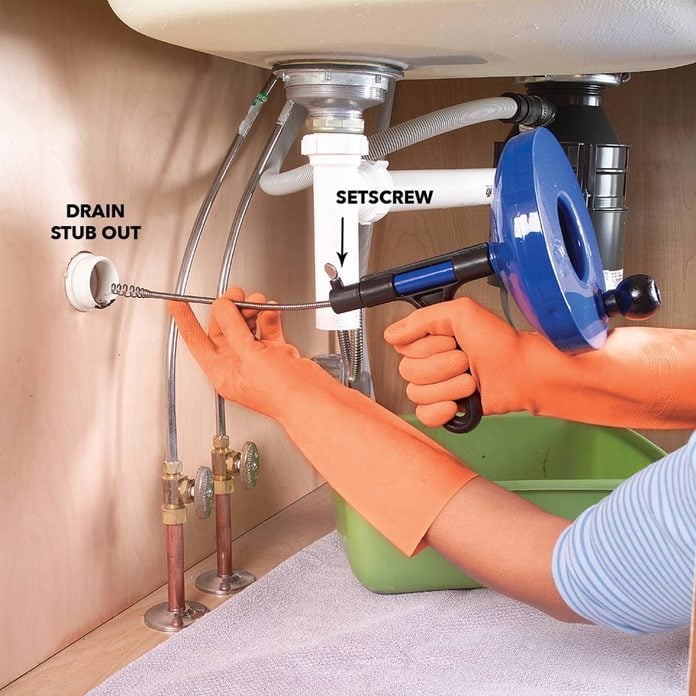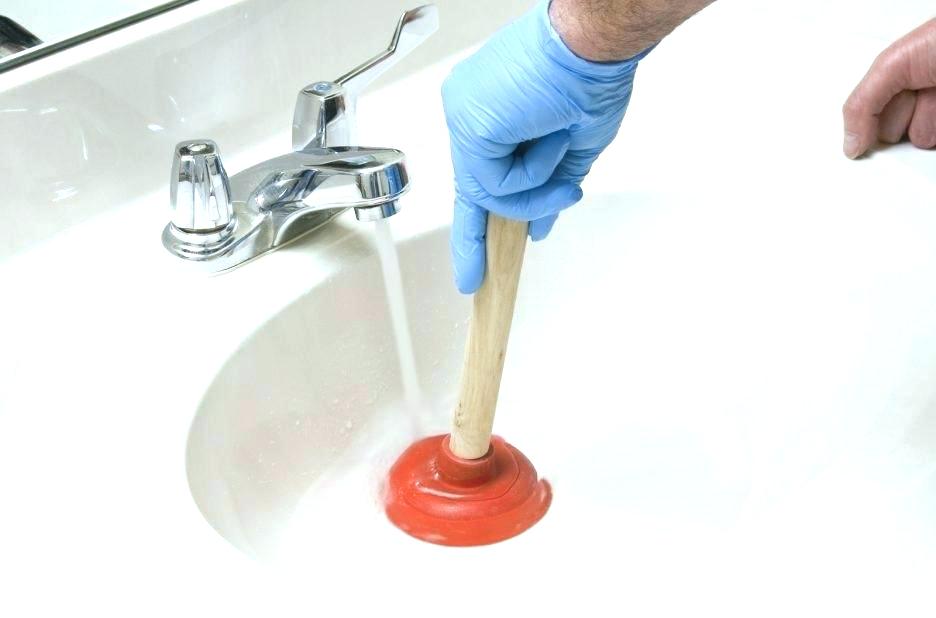Waterlogged And Wondering Why - 6 Causes For Your Kitchen Sink's Lagging Drain
Waterlogged And Wondering Why - 6 Causes For Your Kitchen Sink's Lagging Drain
Blog Article
How do you feel in regards to Why Is My Sink Not Draining??

It's not regular for your kitchen area sink to block multiple times in one month. If your sink obstructs twice a week, there's some difficulty taking place.
An obstructed kitchen drain does not just slow down your duties, it weakens your entire plumbing system, little by little. Below are some usual habits that motivate sink obstructions, as well as exactly how to prevent them.
You need proper waste disposal
Reusing waste is wonderful, but do you take note of your natural waste also? Your cooking area should have two separate waste boxes; one for recyclable plastics as well as one more for organic waste, which can come to be compost.
Having an assigned trash can will help you as well as your family members avoid throwing pasta as well as various other food residues down the drain. Typically, these remnants take in dampness and also become clogs.
Somebody attempted to clean their hair in the cooking area sink
There's a right time and location for whatever. The kitchen sink is just not the best location to clean your hair. Cleaning your hair in the cooking area sink will make it clog eventually unless you utilize a drainpipe catcher.
While a drainpipe catcher could capture a lot of the results, some hairs might still survive. If you have thick hair, this may be enough to decrease your water drainage and also eventually form a blockage.
You're tossing coffee away
Made use of coffee premises and coffee beans still soak up a significant amount of moisture. They may seem small sufficient to throw down the drainpipe, yet as time takes place they begin to swell and take up more area.
Your coffee grounds must enter into natural garbage disposal. Whatever fraction gets away (maybe while you're depleting) will certainly be cared for throughout your month-to-month cleanup.
You've been eating a lot of greasy foods
Your kitchen sink may still get blocked despite organic waste disposal. This may be since you have a diet plan rich in greasy foods like cheeseburgers.
This grease coats the insides of pipes, making them narrower and more clog-prone.
Your pipe wasn't fixed properly to begin with
If you have actually been doing none of the above, yet still obtain normal blockages in your kitchen area sink, you should call a plumber. There might be a trouble with exactly how your pipes were mounted.
While your plumber shows up, check for any kind of leakages or irregularities around your cooking area pipes. Don't try to repair the pipelines on your own. This may trigger an accident or a cooking area flooding.
There's more dust than your pipelines can deal with
If you get fruits straight from a farm, you may see more kitchen dust than other individuals that shop from a shopping mall. You can quickly fix this by cleansing the fruits as well as veggies correctly prior to bringing them right into the house.
Thaw the sludge
The fault isn't from your cooking area sink whatsoever
Maybe the trouble isn't from your kitchen area sink, yet the whole drainage system. In such an instance, you may see that sinks and drains get obstructed every other week. You need a professional plumbing solution to fix this.
My Kitchen Sink Won’t Drain - What Should I Do?
If Your Sink Has a Garbage Disposal...
Turn on the disposal. If the disposal hums and doesn’t turn, then there’s clog in the disposal unit. Go to your circuit breaker panel, and switch off the circuit breaker to your garbage disposal. Back in your kitchen, double-check that your garbage disposal is off by trying to turn it on. The disposal should not move, and it should not make any noise. Lie down underneath your sink so that you can see and access the bottom of the disposal unit. Look for a hole that looks like the head of a hex-head bolt in the center of the unit. Place an Allen wrench inside this hole and turn it from side to side until you feel a decrease in resistance and are able to rotate the wrench completely in a single direction. This action rotates your disposal’s blade manually. Put the wrench aside, and press the disposal unit’s reset button or switch. Flip your garbage disposal’s circuit breaker switch back on, and turn on the unit to see if the obstruction has cleared. If it hasn’t, repeat the steps above until the obstruction is removed. How to Unclog a Kitchen Sink Drain
If you have a double bowl sink, seal one side of the sink with an airtight lid or a second plunger before plunging the other side. Otherwise, you won’t be able to create adequate suction. Place the cup of the plunger completely over the drain opening. Turn on the faucet, and let the water run until it completely covers the cup of the plunger. Start plunging by pushing the plunger down and pulling up again in order to build up suction. Make sure that the edges of the plunger stay in contact with your sink, or else you’ll lose the suction. If you have trouble forming a seal between your sink and plunger, add petroleum jelly to the mouth of your plunger, and try again. Plunge about five or six times before removing the plunger to see if water starts to drain properly. In some cases, you’ll even be able to feel the clog become dislodged while you plunge because suddenly there will be much less resistance. Repeat the plunging process until the clog clears. Once water is draining properly again, run hot water down the drain for 5 minutes to help clear away grease, grime, and debris from the clog. https://www.plumbingjoint.com/blog/2019/august/my-kitchen-sink-won-t-drain-what-should-i-do-/

I'm just very fascinated with Why Is My Sink Not Draining? and I'm hoping you enjoyed reading our blog entry. In case you appreciated our post please be sure to pass it around. I take joy in reading our article about What To Do When Your Kitchen Sink Won’t Drain.
Order Repair
Report this page